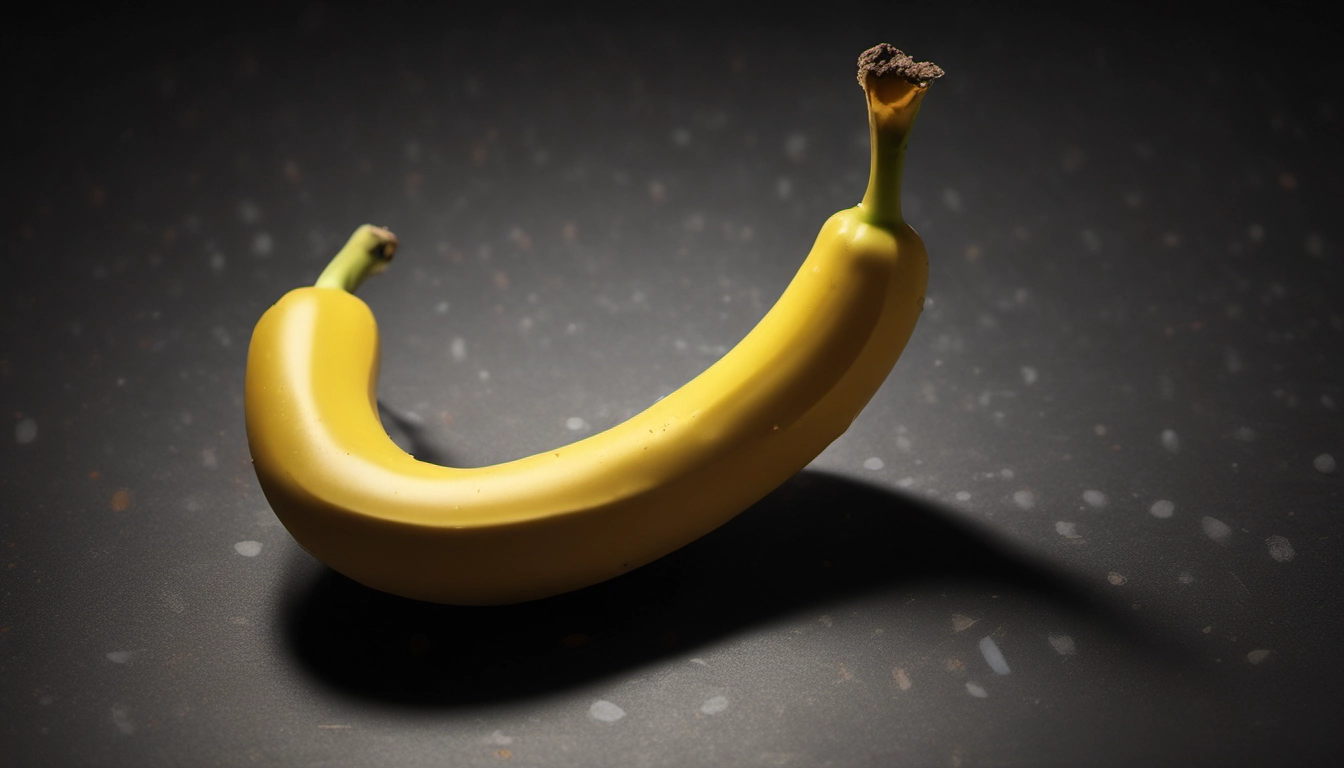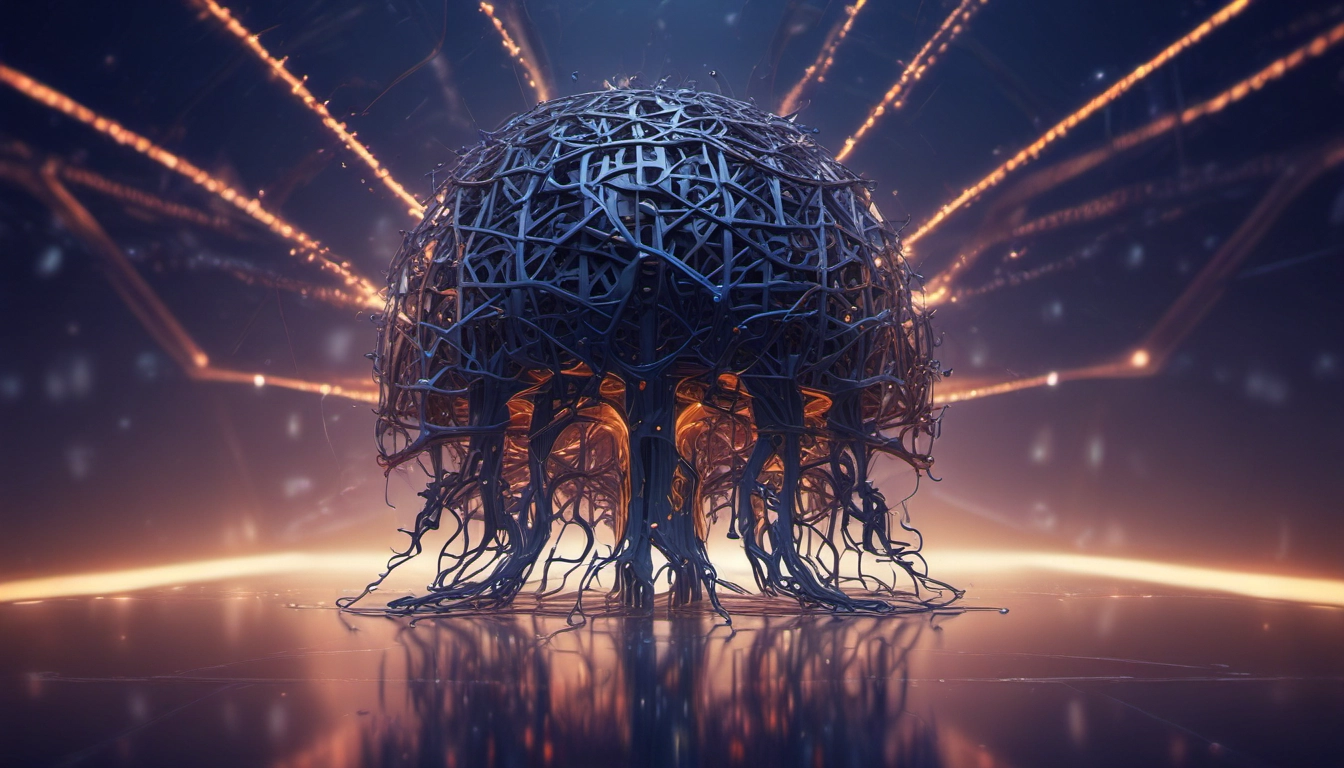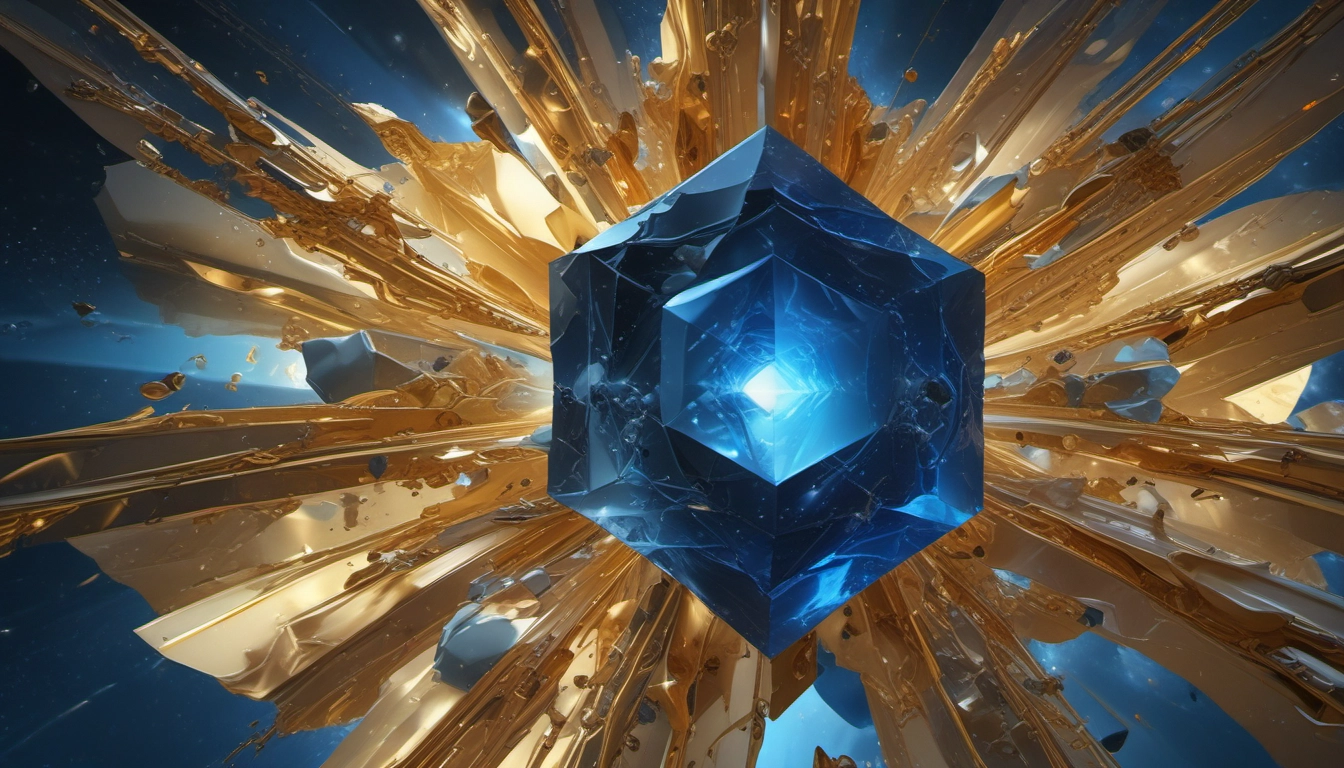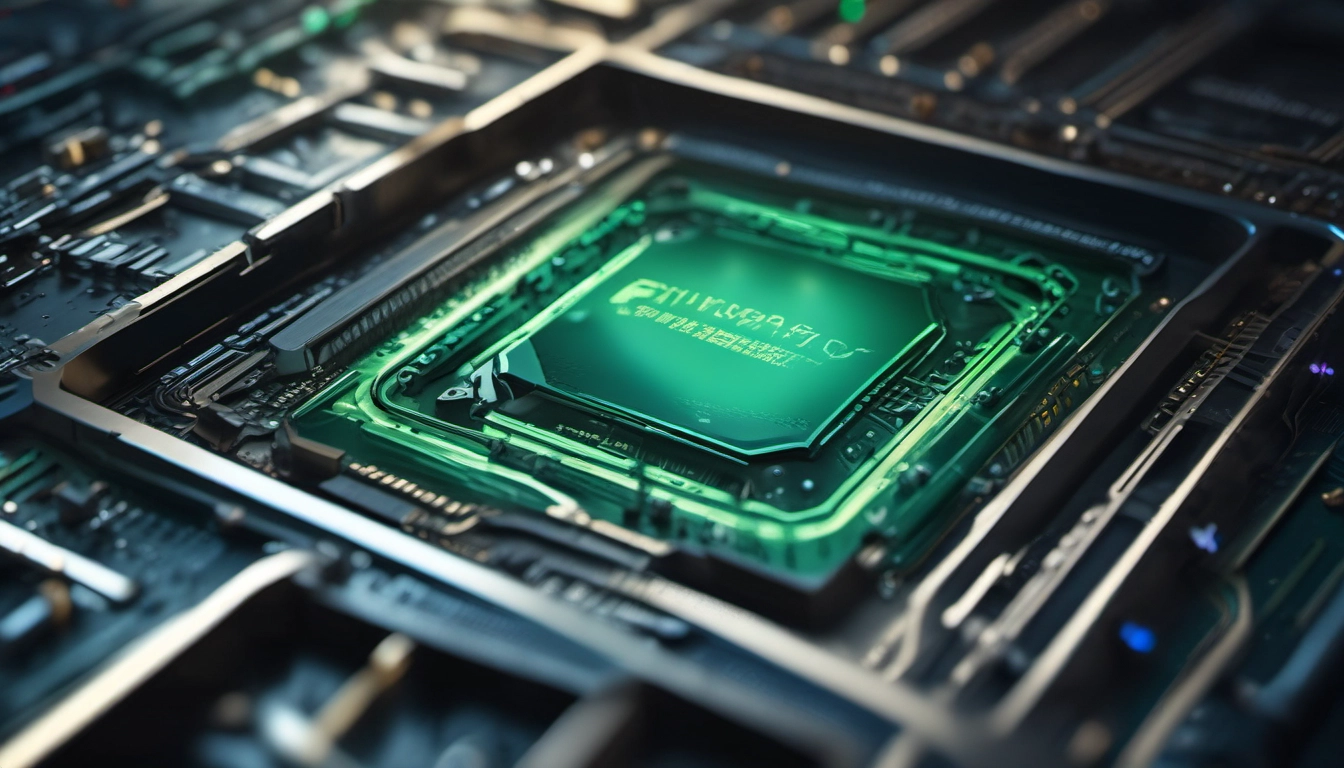Imagen 4 vs. DALL-E 3: Image Quality Benchmark
A clear benchmark comparing Imagen 4 and DALL·E 3 on photorealism, text rendering, speed, and use cases to help creators pick the right tool.

Short answer: It depends — Imagen 4 wins for photoreal detail and text, DALL·E 3 is a strong all-rounder
This article shows a direct image quality benchmark between Google Imagen 4 and OpenAI s DALL E 3. I ran the same set of challenging prompts for key tasks: photorealism, typography, complex scenes, and faces. Below you ll find a scorecard, the prompts used, test notes, and clear "best for" recommendations.
Scorecard at a glance
| Criterion | Imagen 4 | DALL E 3 | Midjourney v6 |
|---|---|---|---|
| Photorealism | High | Medium-High | Medium-High |
| Text & typography | Excellent | Decent | Limited |
| Prompt adherence | Very Strong | Strong | Strong |
| Fine detail (textures) | Excellent | Good | Artistic |
| Speed | Fast / Ultra-Fast | Moderate | Moderate |
How we tested (short, repeatable)
To make a fair comparison I used one fixed set of prompts. The goal was to test real problems creators face: readable text in images, tiny texture detail, multiple people with consistent features, and complex, layered scenes. I used public docs for model specs and speed claims as reference: Imagen 4 model card, the Imagen 4 launch post, and platform notes like Vertex AI docs.
Prompts used (same for every model)
- "Close-up of a sleeping red panda on a branch, individual fur strands visible, soft forest light, 85mm photoreal"
- "Poster with headline 'SUMMER FEST', clean sans-serif logo, readable from 2 feet, high contrast"
- "A busy cafe scene with five friends at a corner table, some reading books, one using a laptop, natural light, accurate hands and faces"
- "Product mockup: matte black wireless speaker with embossed brand name on front, studio lighting, 3:2"
- "Surreal landscape: sand reflects stars like liquid glass, ultra-detailed"
Findings by criterion
Photorealism and texture
Imagen 4 consistently produced sharper textures. Fur, fabric weave, and reflections looked more natural in my tests. This matches external testing notes like the VideoProc review and the DigitalOcean write-up. DALL E 3 is very capable, but images sometimes look slightly softer or more stylized by comparison.
Text and logos
Imagen 4 did the best job rendering readable type inside images. If you need posters, menus, or logos, Imagen 4 s typography handling is a clear advantage. See Google's notes on improved text rendering in Imagen 4 and the model card linked earlier.
Complex scenes & prompt adherence
For scenes with many moving parts, Imagen 4 followed instructions more strictly. DALL E 3 is strong, but it sometimes merges or swaps small objects. That said, DALL E 3 often nails lighting and mood very well, so results can still be excellent.
Faces and character consistency
Both models are good with faces. Imagen 4 produced realistic faces with fewer defects in multi-person shots in my runs. When character consistency (same person across multiple frames) matters, Imagen 4's outputs felt more stable.
Speed and workflow
Imagen 4 has a fast tier and an "Ultra-Fast" option described in Google notes. That makes Imagen 4 attractive for iteration-heavy work. DALL E 3 is solid for final images but can be slower during many small edits. For API and production uses, check Vertex AI and OpenAI platform docs for pricing and rate limits.
Pros and cons (practical)
- Imagen 4 — Pros: superior photoreal detail, excellent typography, fast modes, strong prompt adherence. Cons: some tests show occasional odd artifacts and a more "airbrushed" look per user reports.
- DALL E 3 — Pros: reliable mood and composition, strong creative output, good developer tooling. Cons: text rendering and tiny textures can lag behind Imagen 4.
When to pick which (quick guide)
- Pick Imagen 4 when you need sharp photoreal output, readable type in images, or fast iterations for production assets.
- Pick DALL E 3 when you want creative compositions, strong storytelling visuals, or prefer OpenAI s ecosystem and moderation flow.
Transparent method and reproducibility
To keep this benchmark useful I used the same prompts and ran each model with its default high-quality mode. For Imagen 4 I referenced the family options noted in Google's announcement and model card: Imagen 4 Fast / Ultra and the model card. For platform details see Vertex AI and vendor docs for DALL E 3.
Limitations and fairness notes
Benchmarks are sensitive to prompt phrasing, generation seeds, and post-processing. Some published reviews show small disagreements: user tests on forums note occasional oddities in Imagen 4, and other reviewers rate different models higher in preferred style. See opinions collected in the community guide and independent write-ups like Pollo.ai s review for a wider view.
Practical checklist before you choose
- Decide if typography fidelity matters. If yes, favor Imagen 4.
- Test each model with your actual prompt and final size (Imagen 4 supports up to 2K per Google docs).
- Check API access, cost, and SynthID or watermarks in production outputs.
Neutral comparison note for new readers
In neutral terms: Imagen 4 pushes photoreal detail and text further than most rivals, while DALL E 3 remains a versatile, creative tool. Both are advanced; the right choice depends on your output needs.
Takeaway
If you make commercial images, posters, or product mockups where fine detail and readable text matter, start with Imagen 4. If you want flexible creative imagery and prefer OpenAI s workflow, DALL E 3 is still a great choice. Either way, run a short A/B test with your exact prompts before committing to a single pipeline.


